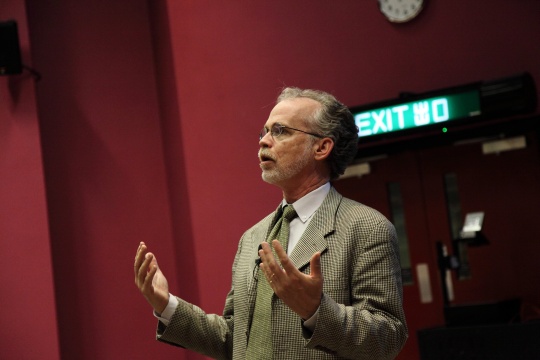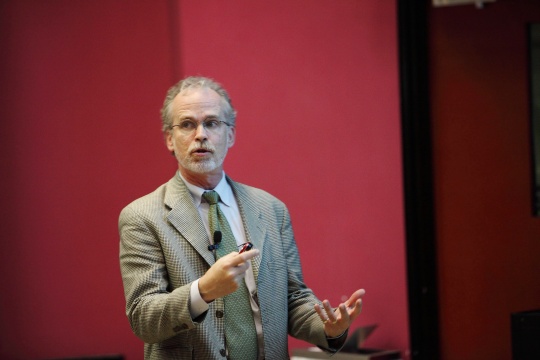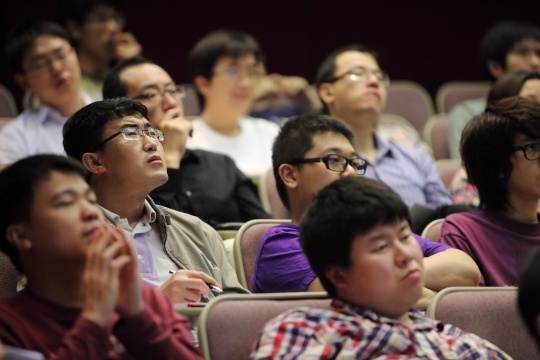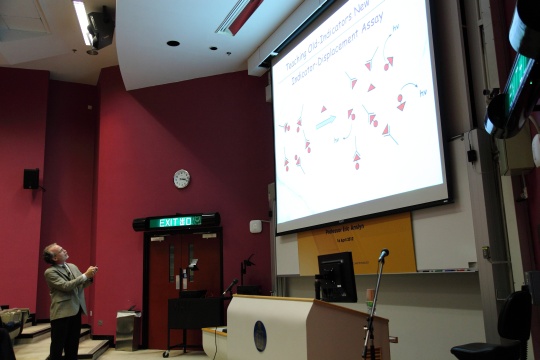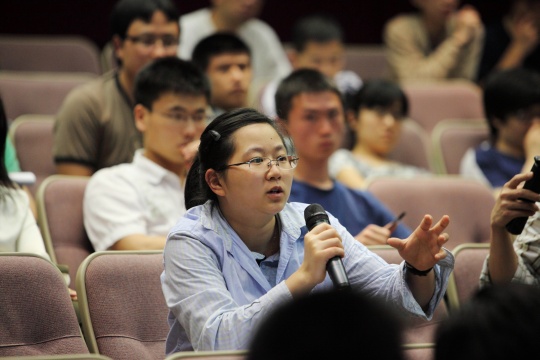Mimicking the Senses of Taste and Smell
Abstract
The senses of taste and smell operate via a series of cross-reactive protein-based receptors that are non-selective, but create patterns that discriminate solution and vapor composition, respectively. This talk will focus on the use of synthetic and designed receptors for the analysis of complex analytes by mimicking how the mammalian senses operate. Analytes in beverages, chiral mixtures, and blood/saliva have been targeted. The receptors derive from a combination of rational chemical design and modeling, with combinatorial synthesis techniques. Optical signaling derives either from indicator-displacement, or indicator-uptake, assays. It will be shown that a union of designed receptors targeted to a class of analytes, with combinatorial methods, gives fingerprints that differentiate between the individual members of the class. The strategy is to use a core-binding element that imparts a bias to each and every member of the library, ensuring affinity of the library members for the class of analytes being targeted. The design of this core derives from standard molecular recognition principles: preorganization, complementary, pair-wise interactions between receptor and analyte, and desolvation. Combinatorial techniques impart the differential behavior and cross-reactivity desired in an array sensing application. The fingerprints of the solutions are created using artificial neural networks, principle component analysis, and/or linear discriminate analysis. The technique represents a marriage of supramolecular chemistry and pattern recognition protocols, resulting in a versatile artificial method that acts analogously to the mechanisms of taste and smell.
About the speaker
Prof. Eric Anslyn received his PhD in Organic Chemistry from the California Institute of Technology in 1987. He was a National Science Foundation post-doctoral Associate at Columbia University. Since 1989, he has been on the faculty of the University of Texas at Austin, where he is currently the Norman Hackerman Professor of Chemistry and Biochemistry and a University Distinguished Teaching Professor.
Prof. Anslyn’s research interest covers the fields of supramolecular analytical chemistry and small molecule therapeutics. He has published more than 33 US patents and about 200 papers in peer-reviewed journals.
Prof. Anslyn has received numerous important awards, including the Cope Scholar. Further, he has won several teaching awards at the University of Texas at Austin. He is a fellow of the American Association for the Advancement of Science.


